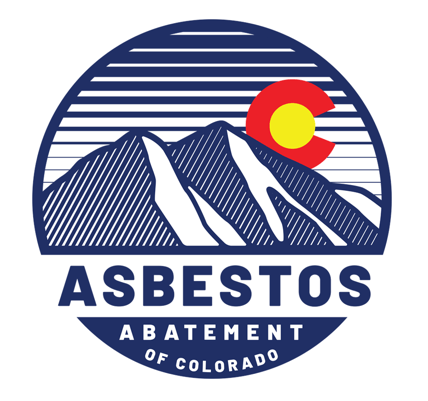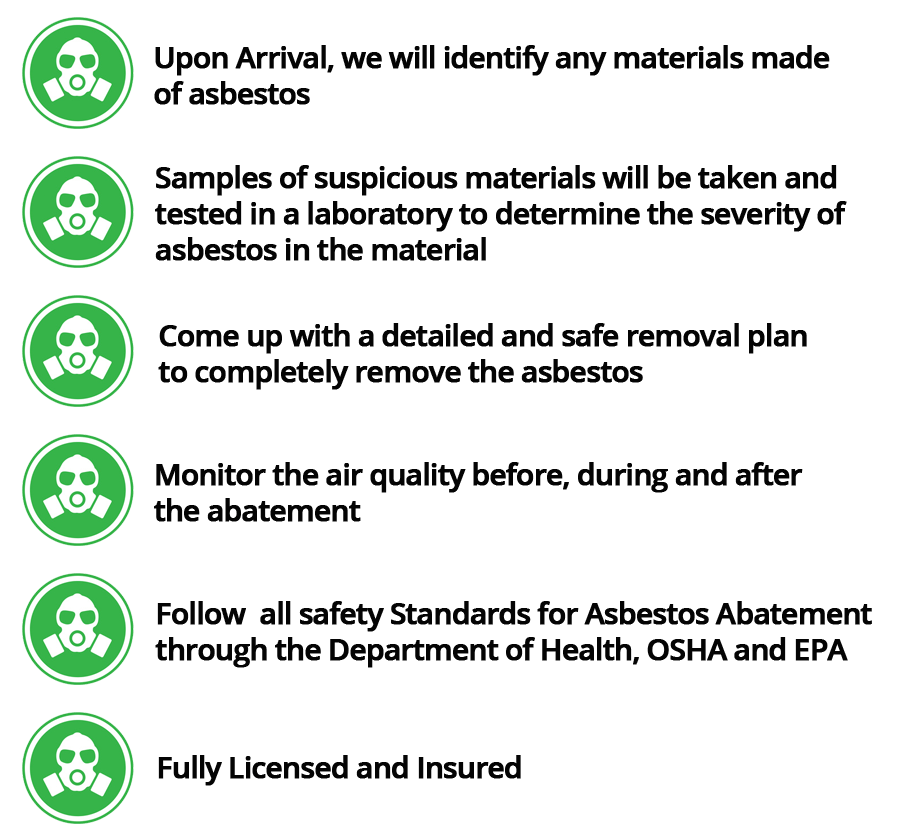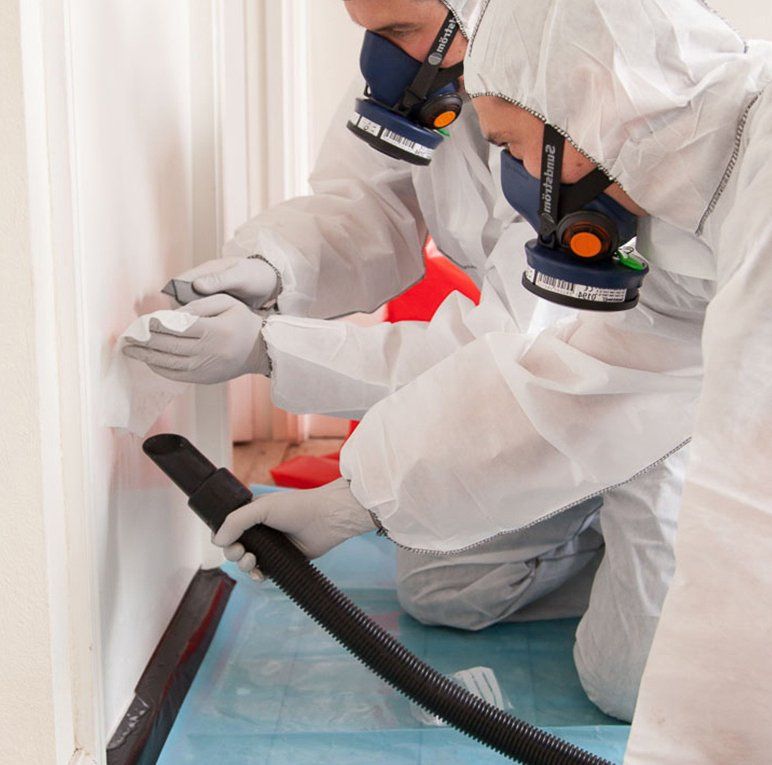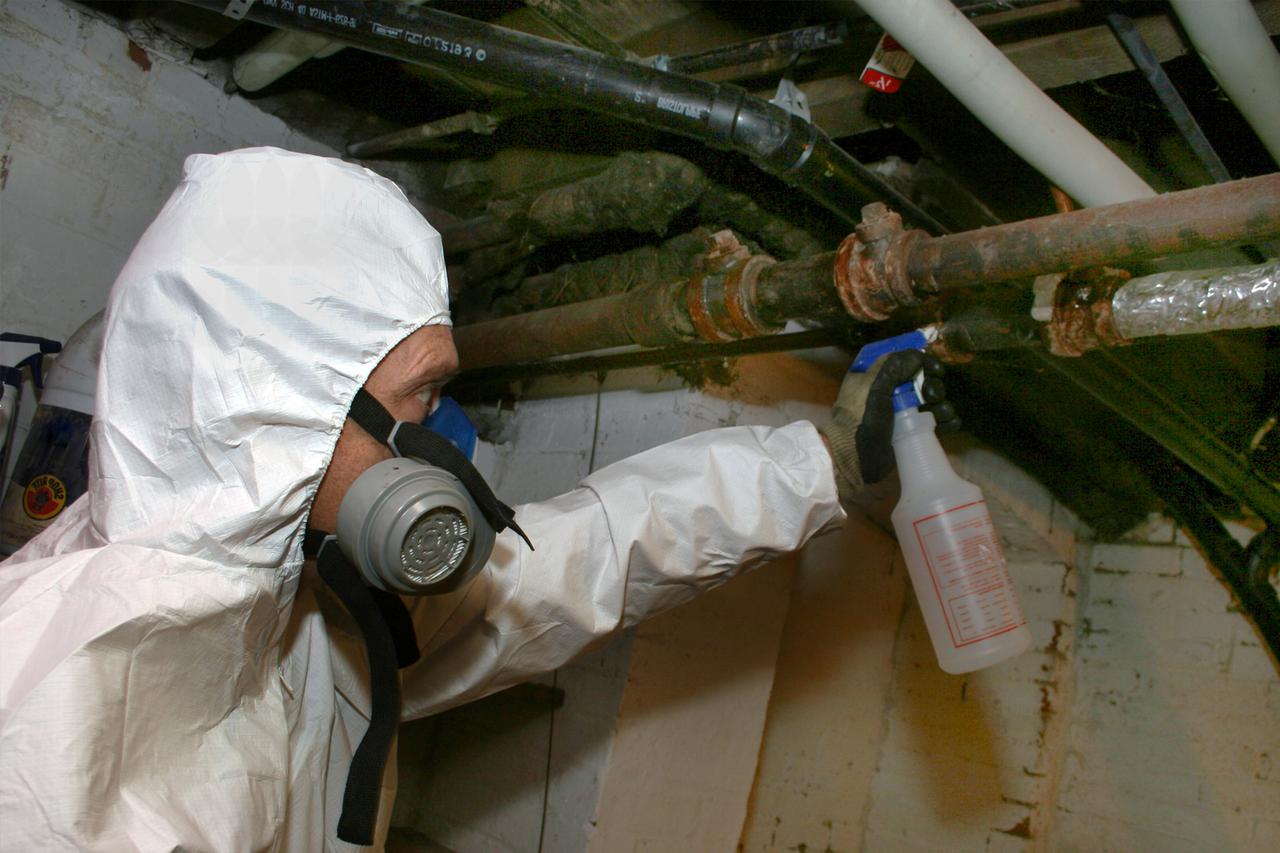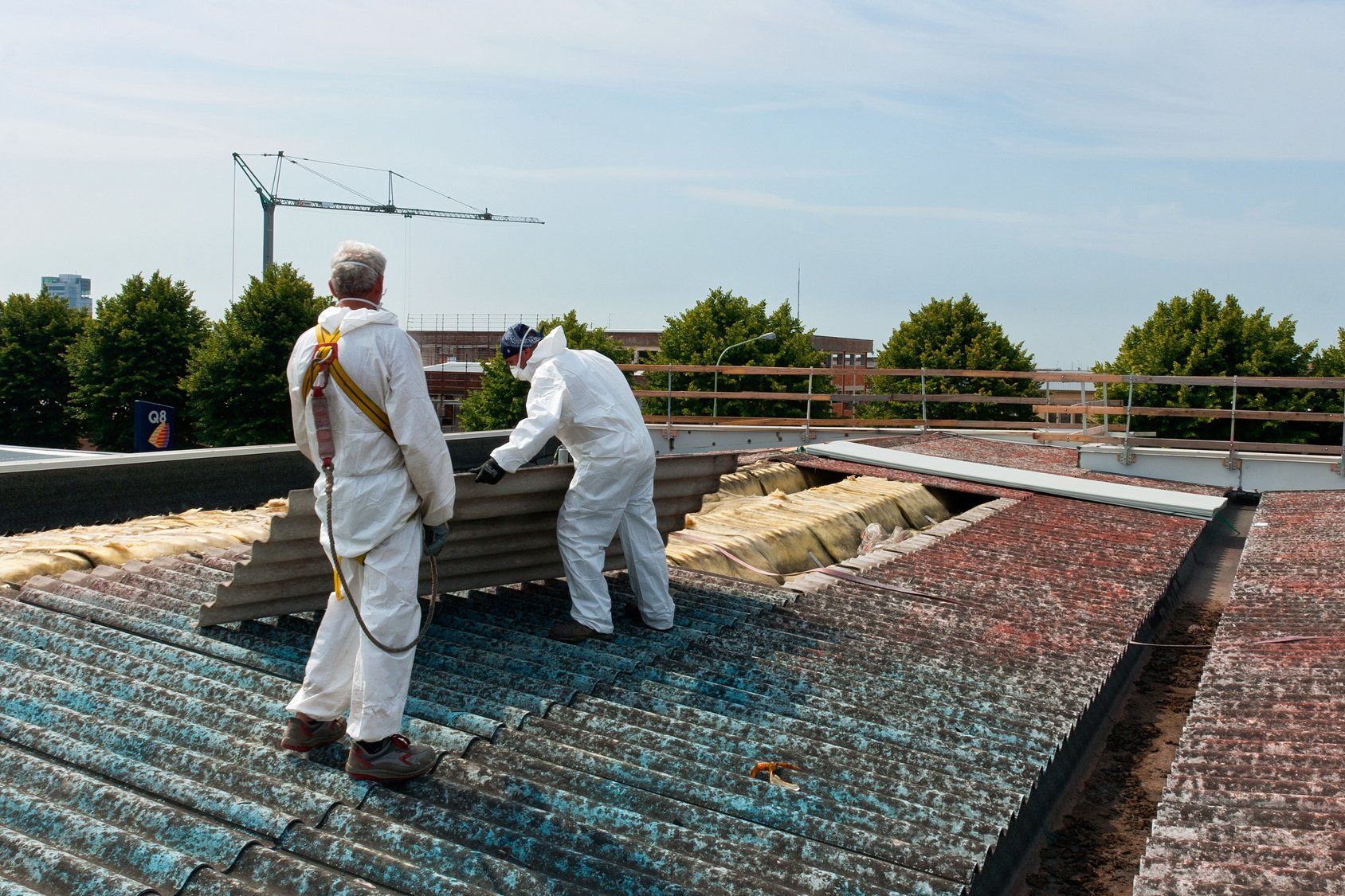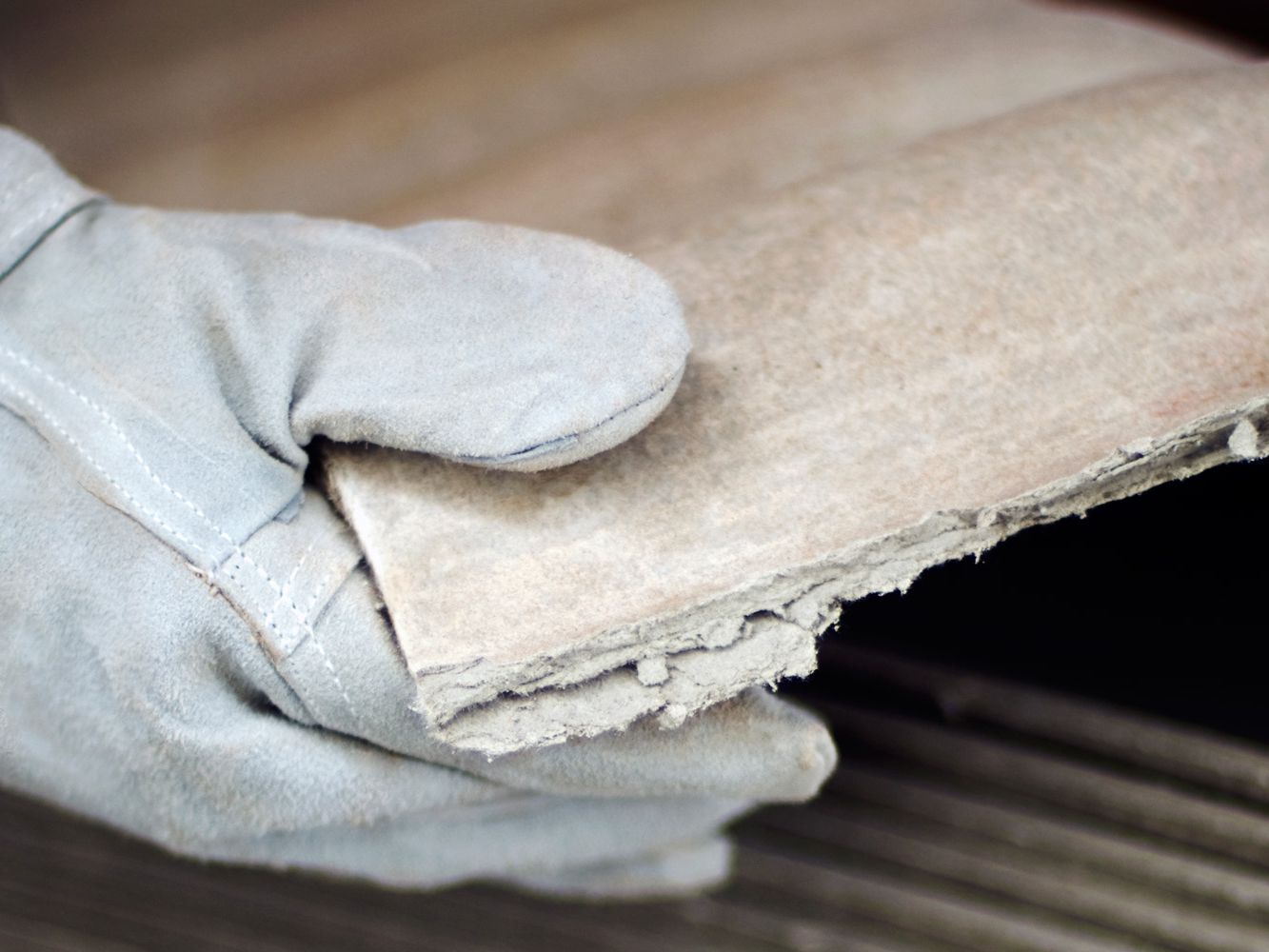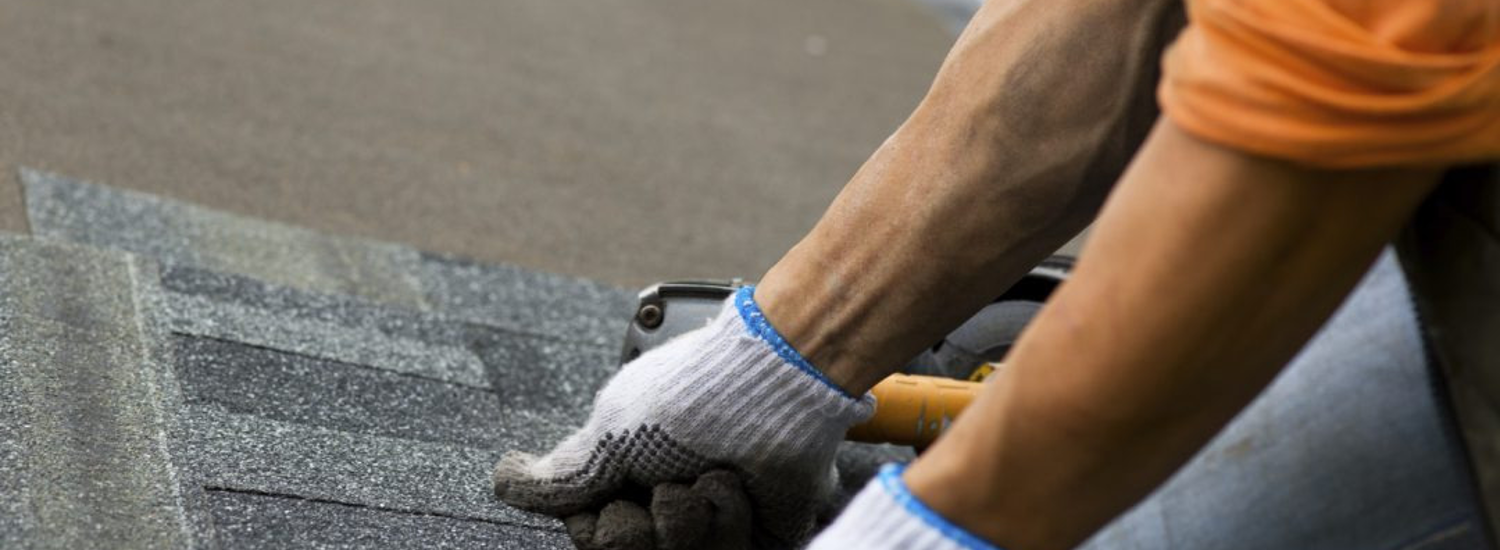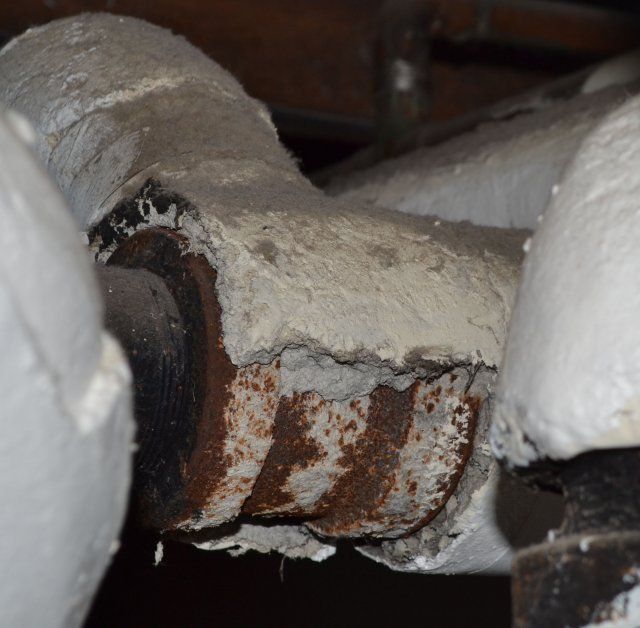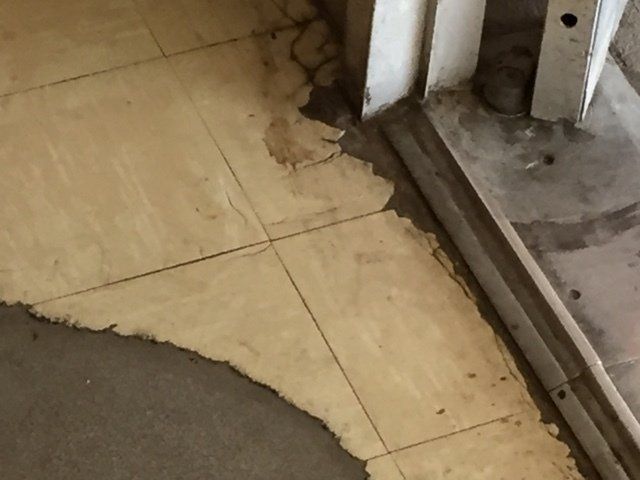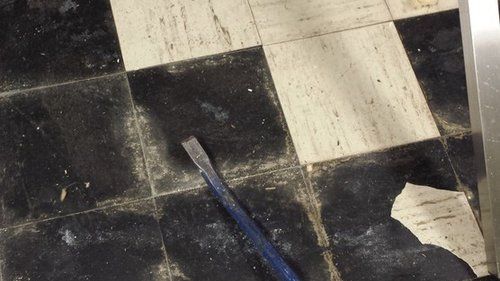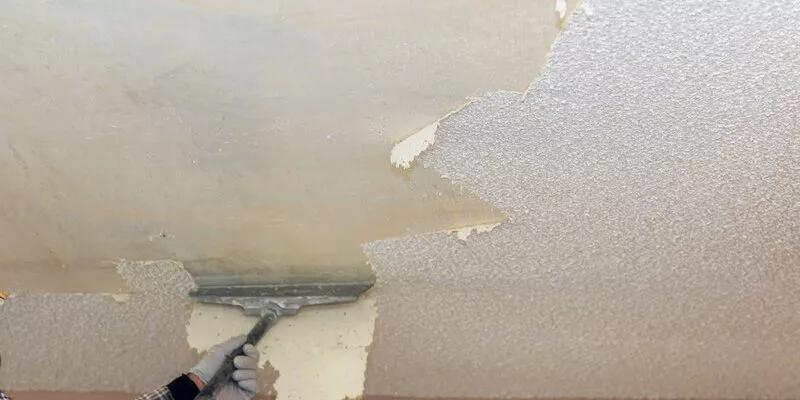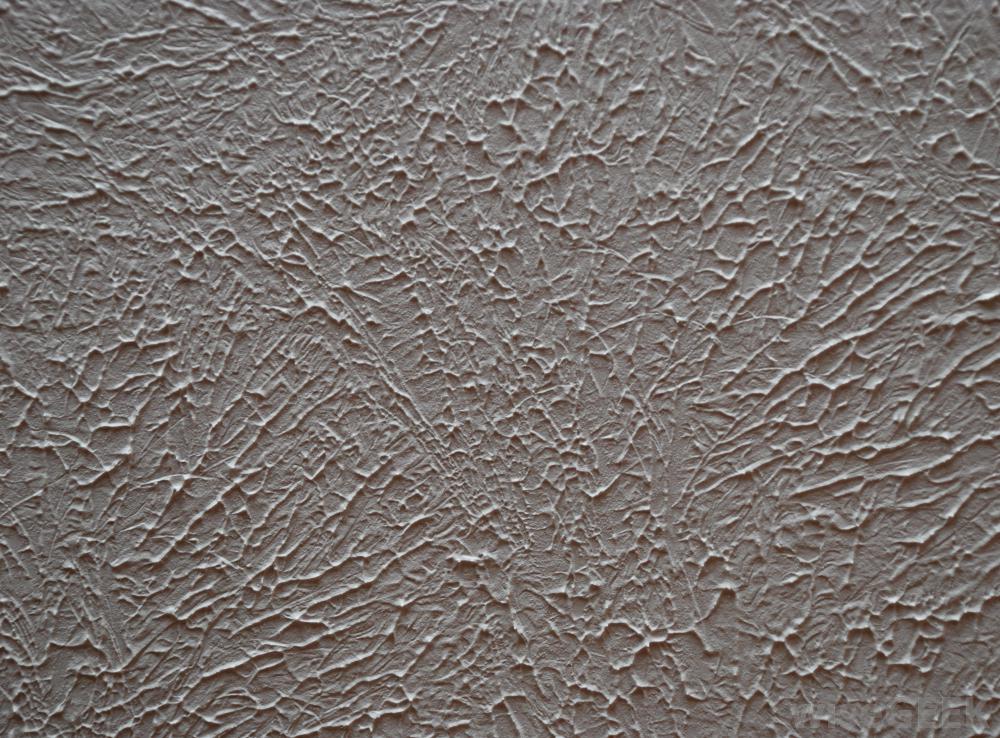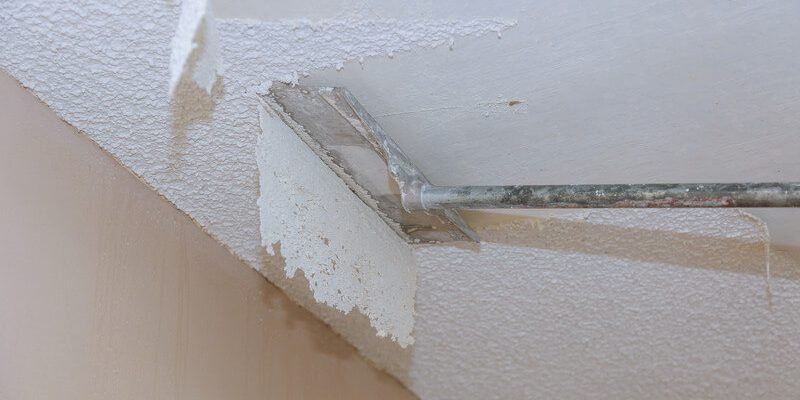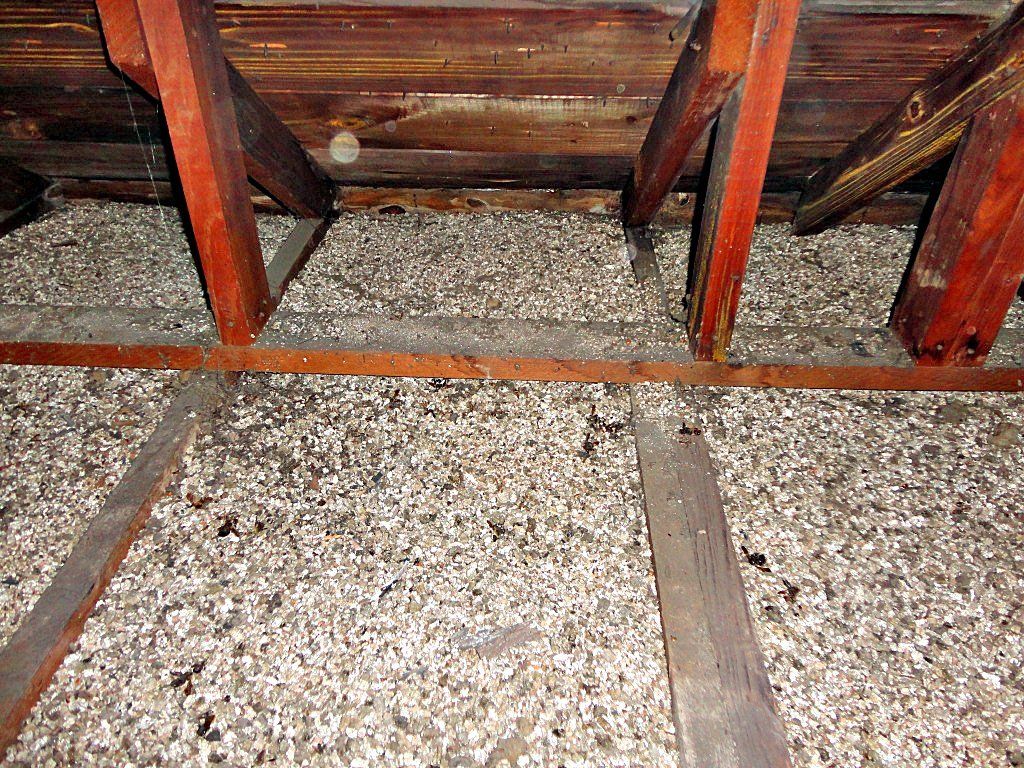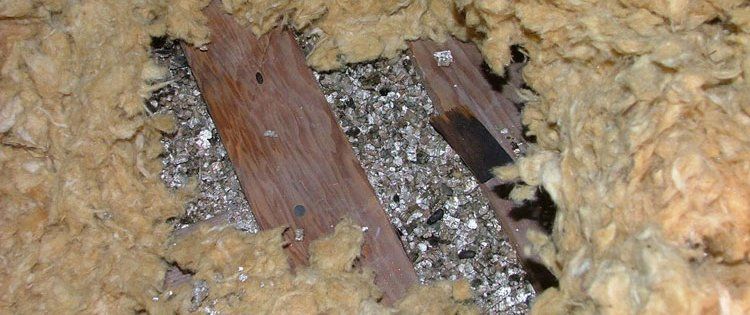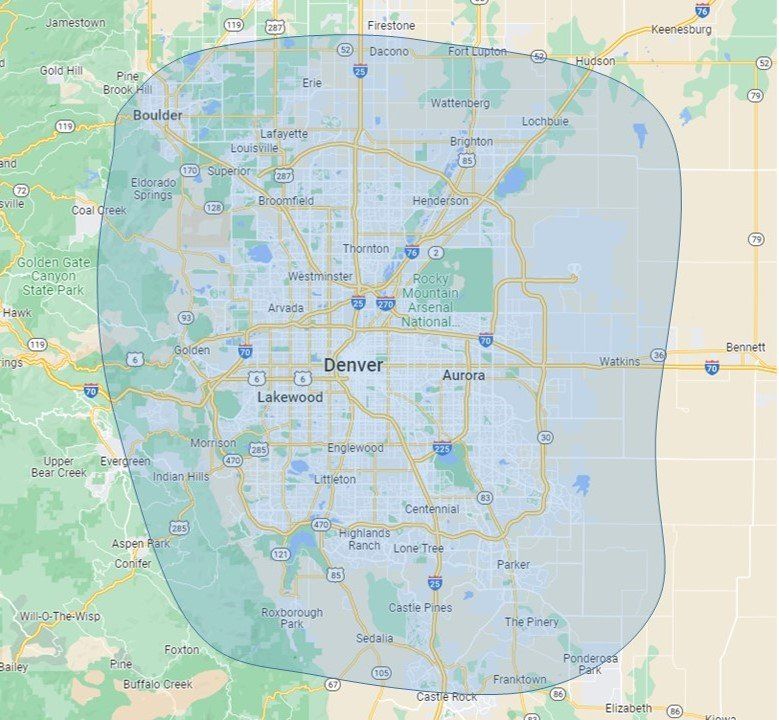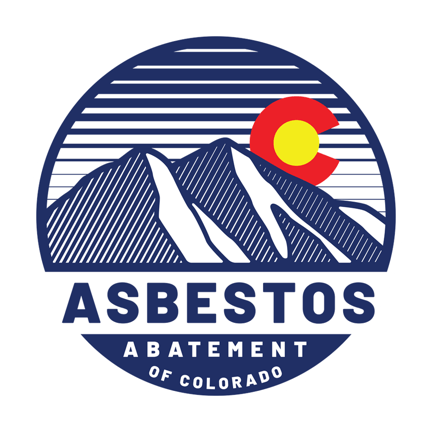
720-782-0396
Asbestos Removal in Denver Colorado
We Serve Denver Colorado and Surrounding Areas
Asbestos Removal In Denver Colorado
Where is asbestos found in my home?
Asbestos was once widely used in numerous building construction materials and vehicle products because it added strength, stability, resisted corrosion, improved heat and chemical resistance, as well as provided acoustical insulation
Asbestos can be found in several areas, such as:
- Flooring
- Insulation
- Electrical Equipment
- Interior Surfaces
- Appliances
- Piping
- Heaters
- Boilers
- Automobiles
- Exterior Surfaces
Asbestos Roofing Removal
Asbestos roofing and siding was used extensively in buildings and homes from the 1930s until the 1970s, until it's use was banned.
Asbestos siding was popular because of its fire resistant properties. Since asbestos is a mineral and fibrous, adding asbestos to siding materials also increased strength and durability, while providing some insulation and fireproofing to the structure.
If your home has asbestos shingles, if they are in good condition and left undisturbed, they are usually NOT a serious problem as just the presence of asbestos in a home or a building is not considered hazardous.
Asbestos materials become dangerous only if they become damaged over time and become airborne. When damaged, materials containing asbestos may release asbestos fibers becoming a health hazard. Unless sawed, drilled, or cut, asbestos cement roofing, shingles and siding products are not likely to release asbestos fibers.
If the asbestos material becomes a problem, you can either repair or have it removed.
Repairs
Repairing materials containing asbestos usually involves either sealing or covering up the asbestos material.
Encapsulation (sealing) involves treating the material with a sealant that either binds the asbestos fibers together or coats the material so fibers are not released. In some cases, pipe, furnace, and boiler insulation can be repaired this way, but done only by a professional trained to handle asbestos safely.
Enclosure (covering) involves placing something over or around the material that contains asbestos to prevent release of fibers.
If insulated piping is exposed, it may be covered with a protective wrap or jacket.
All Asbestos major and minor Repairs must be done only by a professional trained in methods for safely handling asbestos. Asbestos abatement firms are often hired to remove and dispose of asbestos materials.
Removal
Removal poses the greatest risk of fiber release, is usually the most expensive method and, unless required by state or local regulations, should be the last option considered in most situations. Removal may be required when remodeling or making major changes to your home that will disturb asbestos material. If the asbestos material is damaged extensively and cannot be otherwise repaired, removal may be needed.
Since asbestos removal is complex, it must be done only by contractors with special training because improper removal may actually increase the health risks to you and your family.
Asbestos Pipe Insulation Removal
Asbestos pipe insulation is a white, tubular, dusty material that was wrapped around hot water and steam pipes to prevent heat loss. You can find pipe insulation in basements, crawlspaces, and walls. Most pipe insulation contains asbestos and not tested.
If your pipe insulation contains asbestos, it should be removed by an asbestos abatement company. If disturbed, the asbestos in the duct tape holding the insulation on could enter your lungs, and cause diseases such as mesothelioma or lung cancer.
Safe asbestos removal can be done in different ways depending on the type of asbestos containing material, the location of the material, and the ability of workers to safely access the material. During pipe insulation removal, the abatement contractor should seal off the work area with multiple layers of plastic sheeting, set up a three-stage airlock, and depressurize the work area with specialized air handlers.
The asbestos abatement workers enter the work area with supplied air and protective clothing and then, wet down the pipe insulation, scrape it off, and seal it in doubled heavy plastic bags. Air quality sampling is done in a variety of places including inside and outside the work area, and then sent to a lab for testing. When the air samples pass the test, the workers will return to the site to remove the plastic sheeting.
Asbestos Floor Tile Removal
Until the 1980s, when it was banned due to the discovery of considerable associated health risks, asbestos, a heat-resistant fibrous silicate mineral, was a common element in construction materials due to its resilient, durable nature. The ban of asbestos from production didn’t necessarily mean that all products, including floor tiles, had been ripped out of homes or even completely removed from shelves and this is the reason, many homeowners sit unsuspectingly on materials that can be especially hazardous when unearthed during removal and renovation.
If you live in an older home and are concerned that your you may have asbestos floor tiles, keep reading. We’ll fill you in on asbestos hazards and explain how to determine its presence, as well as what you can do to keep your family safe.
IDENTIFYING ASBESTOS FLOOR TILES
The best way to find out if your floor tiles contain asbestos is to have them tested. Besides testing, other factors indicate that your flooring tiles may contain asbestos, including:
- Homes built pre-1980.
If your homes floor tiles were installed between 1920 and 1960, there’s a very good chance they contain asbestos because most flooring tiles manufactured during this period did. Floor tiles that were installed between 1960 and 1980, have a slight chance of containing asbestos.
Floor tiles that are 9-inch, 12-inch, or 18-inch squares, have a good chance of containing asbestos. The 9-inch by 9-inch tiles were the most popular asbestos containing size, but the two larger sizes were also installed in many homes.
- Stained or oily appearing tiles.
Asphalt—which was a main ingredient in asbestos tiles—can degrade and cause the tiles to look grimy or discolored in spots over time.
A product called black mastic, also known as cutback adhesive, was commonly used to glue flooring tiles down and this is what you see when tiles come up and there is thick black adhesive underneath. Whether or not the tiles themselves contain asbestos, this type of adhesive was asphalt-based and most likely contains asbestos.
Asbestos Ceiling Removal
When referring to asbestos in ceilings, it was most likely because of the spray on texture known as Asbestos Popcorn Ceilings.
From the 1950s to the 1980s, spray-on textured ceilings were popular because it was an easy way for builders to hide imperfections.
This was during a period when asbestos was a high-demand building material in the U.S. and not knowing the health risks associated with asbestos.
These ceilings were known as “popcorn ceiling,” “cottage-cheese ceiling” or “stucco ceiling,” and were typically 1 to 10 percent asbestos.
Even the smallest percent of asbestos makes popcorn ceilings dangerous and it’s important to make sure nothing disturbs it, and then decide whether you want to have it encapsulated or removed.
Asbestos popcorn ceilings require many precautions and is a job best left to qualified professionals.
Popcorn ceiling is considered a friable material — meaning it is very easy to damage. The slightest disturbance of friable asbestos materials release toxic dust and inhaling asbestos dust is what can lead to serious diseases such as asbestosis, lung cancer and mesothelioma.
The Percentage of asbestos is not the problem — It’s the Crumbliness
Concerning a popcorn ceiling, 1 percent asbestos or 10 percent asbestos, the advice is the same.
As long as it remains completely undisturbed or properly encapsulated, the ceiling will not endanger your health. In the long run, the safest choice is having it professionally removed.
In 1978, the Clean Air Act banned spray-on asbestos products, which were a major health risk for the workers who applied them.
That being said, the law allowed businesses to use up their existing inventory of products, so asbestos popcorn ceiling was applied well into the 1980s.
Because of the crumbliness of popcorn ceiling, it’s in a different class than other common asbestos materials leftover in old homes.
You can walk on vinyl asbestos floor tiles without much risk as long as you don’t smash, scrape or sand them, but just merely brushing asbestos popcorn ceiling with your hand releases toxic dust, making it as dangerous as old asbestos pipe insulation.
Once the textured ceiling starts to peel down because of dampness or age, it must be encapsulated or removed.
Asbestos Insulation Removal
Insulation manufactures commonly used asbestos as it was the perfect fiber for insulation, holding up to wear and tear, being fire-resistant, and cheap. Asbestos was still used for insulation into the 1980s. Since insulation is not usually replaced when remodels are completed, it likely still has asbestos in the insulation. There is reason to be concerned if there is asbestos fibers in your insulation.
In older homes, vermiculite insulation (a naturally occurring mineral compound composed of shiny flakes, resembling Mica), was the most popular insulation used and was contaminated with asbestos, as it grew naturally in the mines. This insulation was known as zonolite and was used in homes across America and was perfect for insulation as it contained asbestos.
It is common to see exposed insulation in your attic. The majority of vermiculite insulation produced before 1990 used contaminated vermiculite.
The asbestos fibers found in vermiculite are too small to be seen by the naked eye and only a trained technician using a microscope can see the asbestos fibers.
Due to the limitations in the testing methods, even trained technicians cannot always determine if all vermiculite contains
asbestos. To be safe, you should assume that vermiculite insulation may be contaminated with asbestos. If you removed or disturbed any of the insulation, it is very possible that you inhaled some asbestos fibers and the disturbance may have resulted in the fibers being deposited into other areas of the
building.
Only a trained and certified asbestos contractor should replace insulation containing asbestos with different insulation.
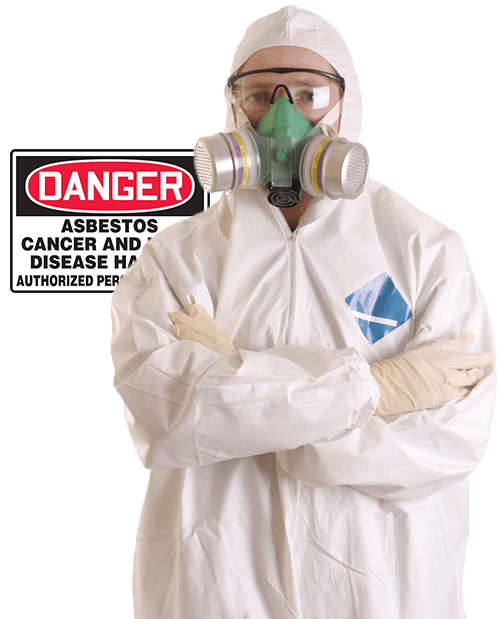
Book a consultation
Have a question? We’re here to help. Send us a message and we’ll get be in touch.
We will get back to you as soon as possible
Please try again later
We Serve Denver Colorado and Surrounding Areas
Number One Choice In Denver, Colorado
If you think your home or business may have asbestos, don’t wait around wondering. The professionals at Asbestos Abatement of Denver Colorado provide Asbestos Removal Services to Denver Colorado, and our team is highly certified. Our priority is the safety of you and your family, as asbestos is very hazardous to your health.
Our equipment is the best in the business and we are ready to safely inspect and remove asbestos from your home or business. We also guarantee that the area will be 100% free of asbestos dangers before we allow you back into the area.
